Now Reading: Dig into the UK’s ancient past at these 7 archaeological sites
-
01
Dig into the UK’s ancient past at these 7 archaeological sites
Dig into the UK’s ancient past at these 7 archaeological sites
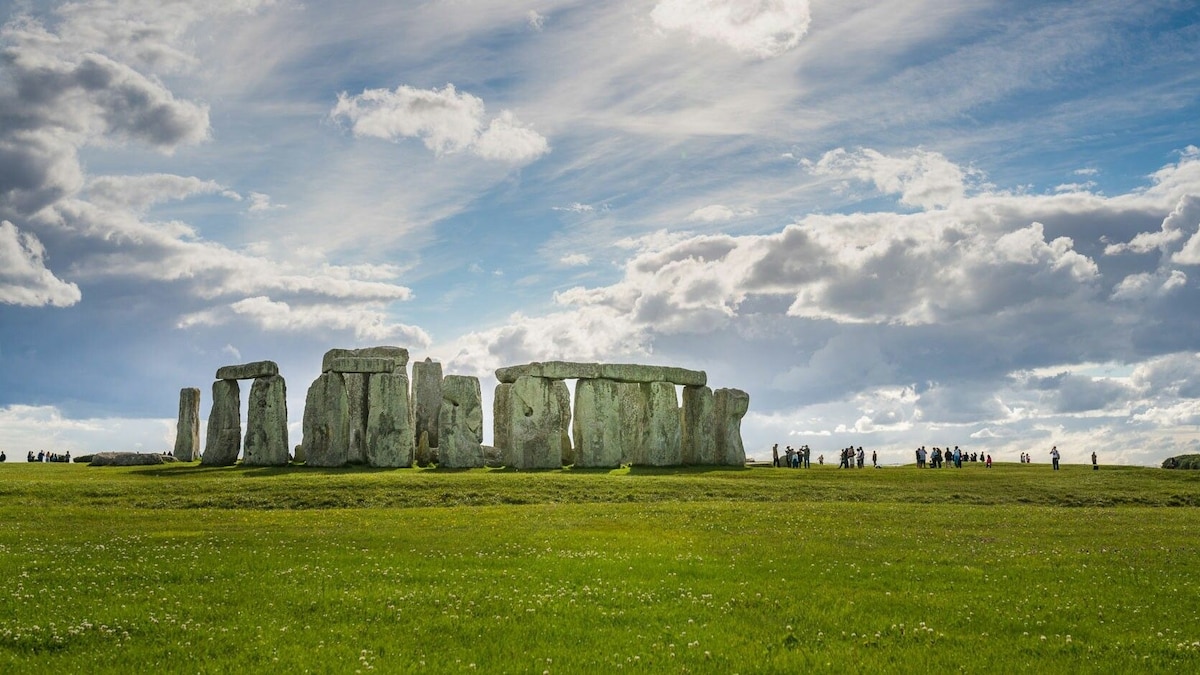
This article was produced by National Geographic Traveller (UK).
Despite their ancient age, the UK’s most famous archaeological treasures keep revealing new secrets, from recently unearthed dinosaur species to new Roman excavations. To help you follow the archaeology buzz, we dig into the nation’s top spots to explore our ancient past, where revamped museums, interactive exhibits and hands-on excavation experiences bring our early history vividly to life.

The iconic Sutton Hoo helmet sits in Room 41 of London’s British Museum, along with a replica showing how the original might have looked in its day. It’s only one of four known complete helmets from Anglo-Saxon England.
Photograph by Alamy
1. Sutton Hoo, Suffolk
First unearthed in 1939, with the shadow of the Second World War looming, Sutton Hoo is an early medieval royal burial site that’s famously home to the ship burial of seventh-century Anglo-Saxon King Rædwald.
Long-neglected, Sutton Hoo reopened in summer 2019 after a year-long refurbishment, which included transforming Tranmer House, home of Edith Pretty who commissioned the original archaeological excavation (the events of which are dramatised in the film The Dig, released in 2021). Now open to the public for the first time, the 1930s house has in-depth displays detailing the development of the dig and the ongoing research at Sutton Hoo.
The refurb also saw the creation of a new walking route out to the burial mounds, where you can follow in the footsteps of the Anglo-Saxons, who hauled the monumental timber ship to the top of a hill to bury their king, replete with gold and other treasures, including the iconic Sutton Hoo helmet.
Nearby, at Woodbridge, pay a visit to The Longshed, where the Sutton Hoo Ship’s Company (a team of professionals, volunteers and enthusiasts) is currently constructing a replica of the ship.
2. Isle of Wight
The Isle of Wight earns its status as one of Europe’s richest palaeontology hubs by producing new dinosaur discoveries practically year on year. Among the island’s findings are around 20 species of dinosaur from the early Cretaceous Period.
In 2024, one of the best-preserved dinosaurs ever found in the UK was unearthed on the island. Named Comptonatus chasei, it formed part of the local eco system over 120 million years ago. This discovery came only one year after the fossilised remains of a previously unknown dinosaur were found nearby, triggering reanalysis of similar remains to help solve the age-old question of why the dinosaurs went extinct.
Lots of fossils are on display at Dinosaur Isle, the UK’s first purpose-built dinosaur museum. Step over the sea wall at Sandown to explore its recreated prehistoric landscape, populated by life-sized models of the Isle of Wight’s biggest dinosaur discoveries; see skeletons as they were found by fossil hunters; watch volunteers preparing the latest finds; or join the Fossil Walks led by expert guides teaching you how to find your own ancient artefacts.
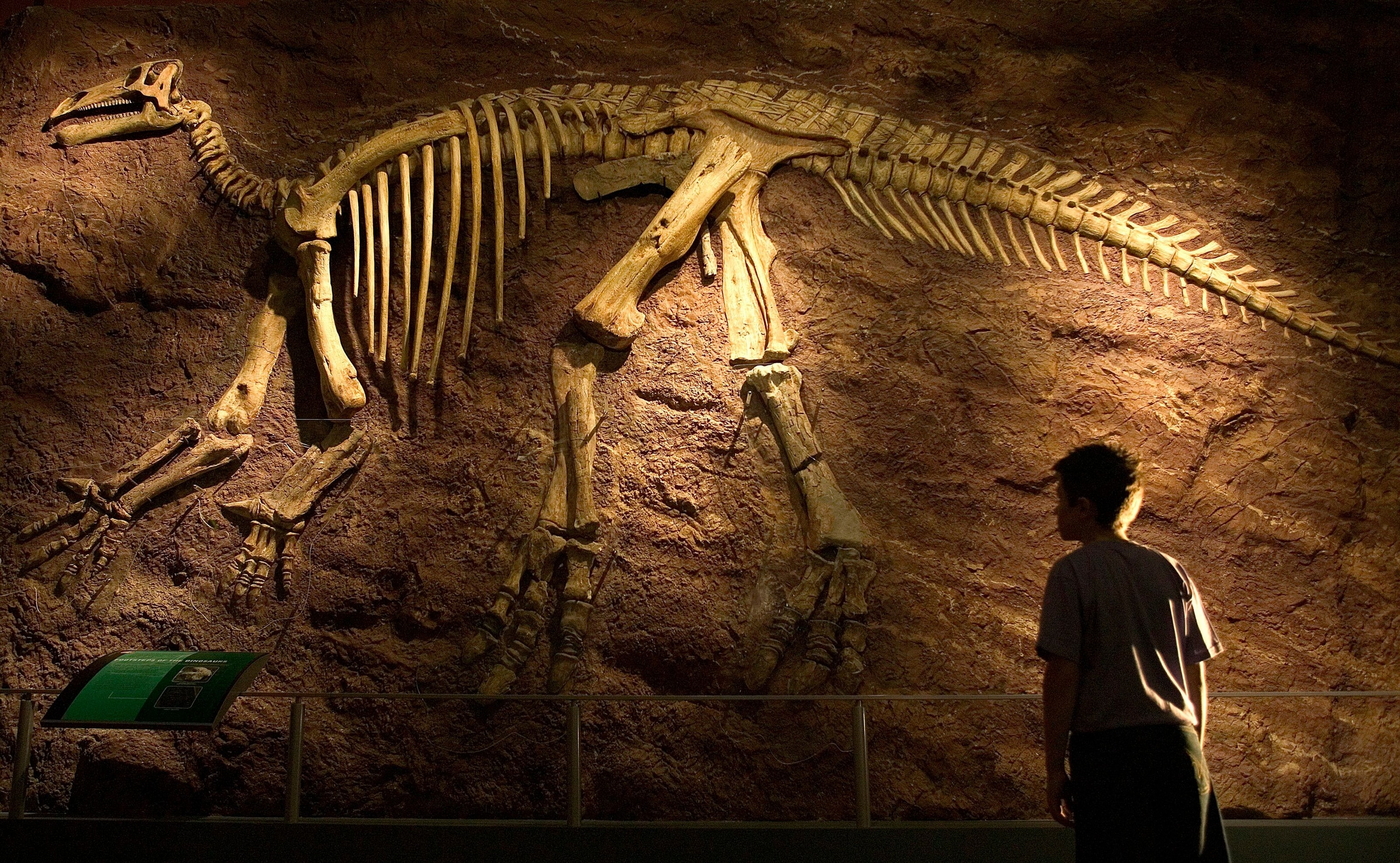
Dinosaur Isle is the UK’s first purpose-built dinosaur museum. Here, a boy admires an iguanodon skeleton.
Photograph by Dinosaur Isle
3. Stonehenge, Wiltshire
There’s always something big being unearthed in Stonehenge country, and the latest discoveries reveal the origin of the largest rocks in the circle. In the last decade, it was discovered that the mysterious bluestones came from a quarry deep in the Welsh Preseli hills. And, in 2024, scientists found that the alter stone – arguably the most ritualistically important piece of the formation – was brought to Stonehenge from the north of Scotland, a journey of well over 500 miles.
Try your arm at dragging a massive stone monolith at the site’s smartly curated visitor centre. Or, for the closest possible view of the stones, visit the site during winter or summer solstice: the only times of the year in which you can stand among the stones as part of its ‘managed open access’. Watch the sun set and rise at this magnificent monument and share in the ancient sacred tradition. Just be sure to check the specific solstice entry times for the day.
Stonehenge country has numerous options for further exploration, including the many archaeological treasures on show at Salisbury Cathedral Museum. And within sight of the stones is the UK’s biggest prehistoric monument, which is around 4,500 years old. Uncovered in 2020, the Neolithic find includes 20 vast holes that suggest the boundaries of an earlier enclosure circle. The site is so large that is contains Durrington Walls, the UK’s largest henge, and Woodhenge too.
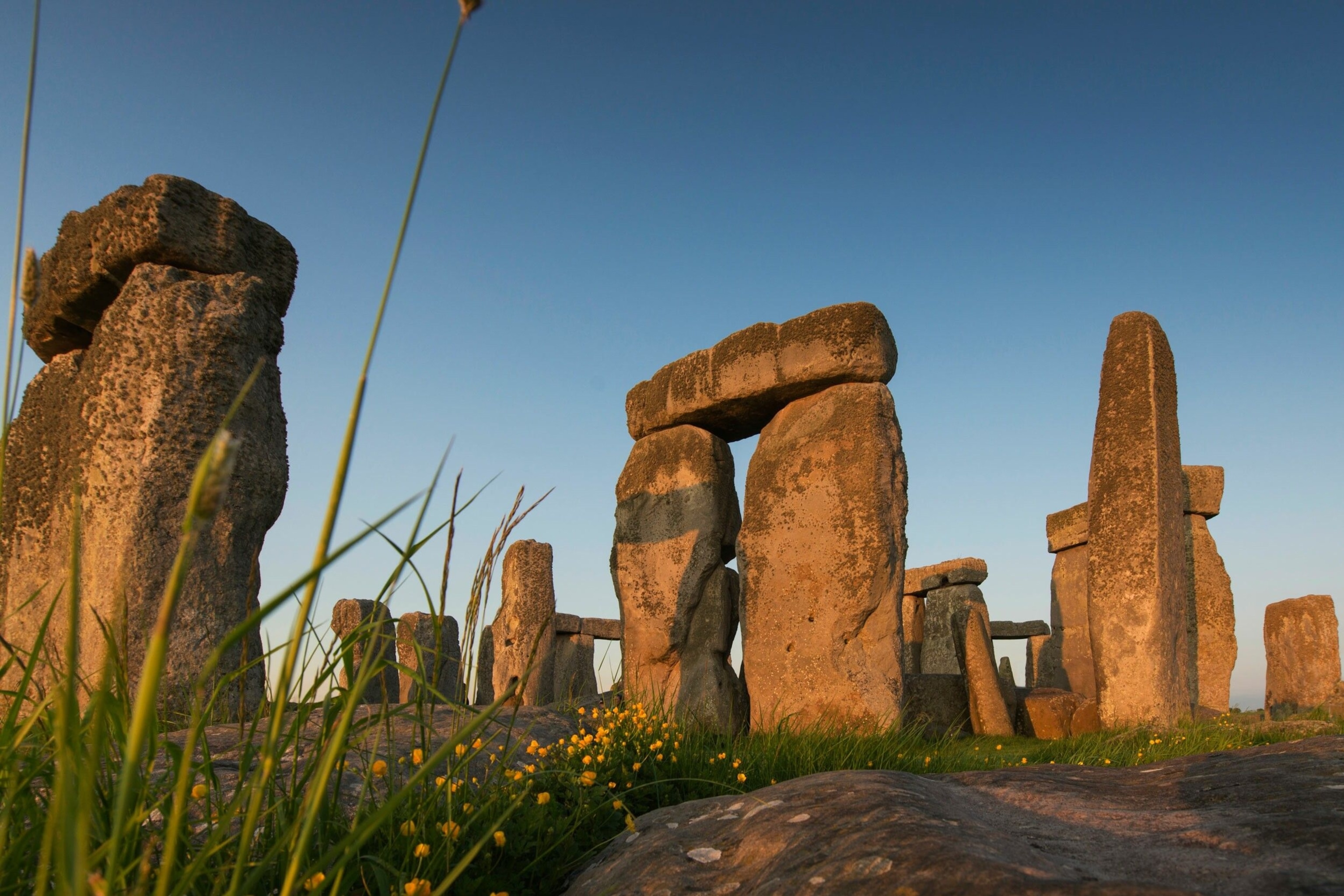
The latest discovery surrounding Stonehenge reveals that the origins of its mysterious bluestones lay in a quarry deep in the Welsh Preseli Hills, and that they first stood in an earlier stone circle.
Photograph by Andre Pattenden, English Heritage
4. Wittenham Clumps, Oxford
Occupied for more than 3,000 years, archaeologists were expecting to find some worthy prizes beneath the ground of this ancient Oxfordshire landmark. What they weren’t prepared for was a double-whammy discovery that spanned two rich seams of history: an extended Iron Age settlement with more than a dozen roundhouses dating from 400BC to 100BC as well as a vast Roman villa dating back to the late third century.
Wittenham Clumps is managed by Dig Ventures who offer various ‘Archaeology In Your Hands’ experiences, which they describe as ‘exciting crowdfunded and crowdsourced archaeology projects you can be part of’. These can range from guided excavations at live digs to ‘Finds Room’ experiences, expert talks to online courses endorsed by the Chartered Institute for Archaeologists. It can be as in-depth or accessible as you desire; DigCamp, for example, are day experiences for families to get hands-on at a real, live, in-progress dig, dirt and all.
5. Orkney Islands, Scotland
At the heart of Neolithic Orkney’s rich pickings, four UNESCO World Heritage Sites are widely regarded as the finest in Western Europe.
Skara Brae is older than both the Egyptian pyramids and Stonehenge and has been dubbed the Scottish Pompeii for its pristine state. Dating back some 5,000 years, this Neolithic settlement was discovered in 1850 by the Laird of Skaill, thanks to a landscape-stripping storm that raised grass from a mound under which the ruins had been concealed for millennia.
With the white-sand beach of the Skaill as a fittingly dramatic backdrop, Skara Brae is a stone-built prehistoric settlement that reveals the finer points of day-to-day Neolithic life. See ancient homes complete with stone bed enclosures, dressers and seats. Replica constructions complete the interior interpretation, which can be further explored in touch-screen clarity at the on-site visitor centre museum.
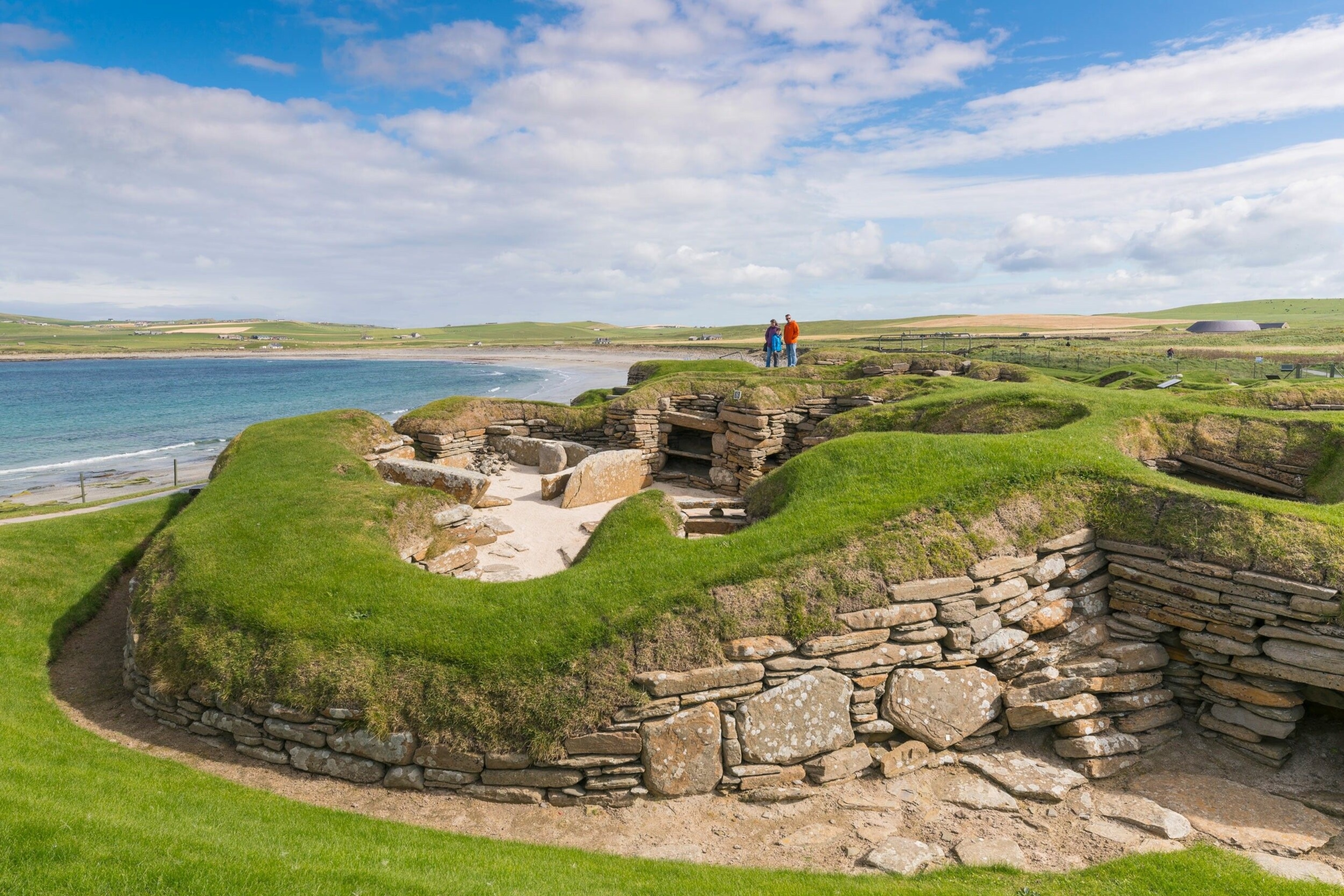
Skara Brae, located on Mainland’s Bay of Skaill, in the Orkney Islands, is older than both the Egyptian pyramids and Stonehenge and has been dubbed the Scottish Pompeii for its pristine state.
Photograph by Visit Scotland
6. Hadrian’s Wall Country
Discoveries still abound at Hadrian’s Wall, where there are plenty of places to step back into the past. Try historical re-enactments around the ruins, archaeological talks, guided walks or wall-spanning history-focused hikes and bike routes that take you between the North and Irish Seas. Plus, there are lots of hands-on dig opportunities for all ages.
The wall itself, a near 80-mile stretch of fortifications marking the northern frontier of Hadrian’s Roman Empire, isn’t the only attraction here: there’s so much more to see in the surrounding country.
A mile south of the wall, Vindolanda is regarded as one of Europe’s most exciting Roman digs: nine forts built on top of each other that garrisoned soldiers from across the Roman Empire. It includes a bathhouse, tavern and shops, all dating back to the third century. And if this isn’t compelling enough, a 2017 discovery revealed an entire Roman cavalry barracks underneath the site, complete with thousands of extraordinary military and personal possessions dating back almost 2,000 years. It was a haul significant for its size and pristine state, but also for its evidence of the long military build-up that led to the wall’s construction in AD 122.
Excavations at Vindolanda take place annually, attracting hundreds of volunteers from all over the world, so sign up early. Or visit the on-site museum, which has an extensive display of the mind-boggling number of objects found during the excavations.
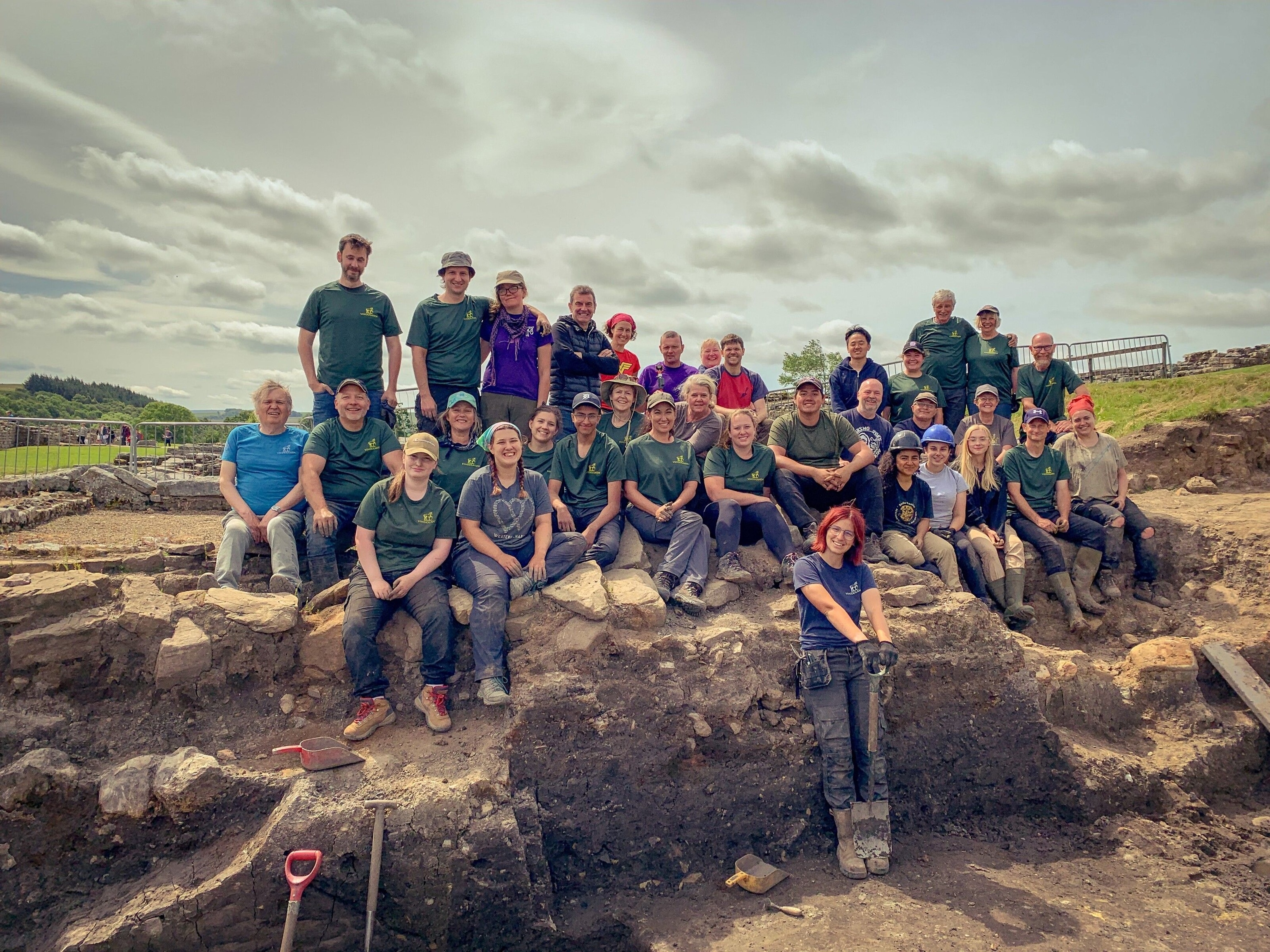
A mile south of Hadrian’s Wall, Vindolanda is regarded as one of Europe’s most exciting Roman digs. Excavations at Vindolanda take place annually, attracting hundreds of volunteers from all over the world, so sign up early.
Photograph by Vindolanda
7. Scilly Isles
The tiny Isles of Scilly are home to 239 hugely significant ancient monuments and archaeological landmarks: the UK’s greatest density of historic sites.
Maritime shipwrecks, Bronze Age burial chambers dating back 3,000 years, deserted Christian chapels on uninhabited islands, fortified castles and English Civil War headlands, all contribute to these wild islands’ natural landscapes. St Mary’s, the largest island, is home to large stone earth mounds that form distinctive Bronze Age burial chambers known as entrance graves — often described as Scillonian tombs, thanks to their local concentration.
Strikingly preserved Innisidgen has sweeping views across to neighbouring St Martin’s. And the cemetery of Porth Hellick Down, in St Mary’s, to the south east, has six grave mounds, including the impressive 12-metre-wide Porth Hellick Down Burial Chamber: just two of a string of ceremonial monuments lining the Scilly Isles’ coastal hilltops.
They’re stellar spots for eternal rest, or a panoramic place to camp for a few nights if you manage to bag a booking at any of the islands’ campsites.
To subscribe to National Geographic Traveller (UK) magazine click here. (Available in select countries only).

























